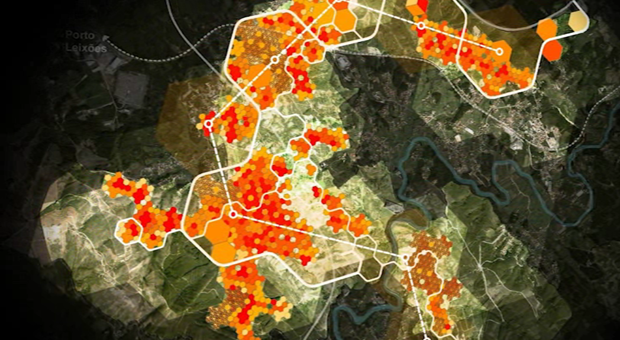Governments can do a lot, no doubt, we can have a long list of policies to implement and all of them are important, from tax policy to changing procurement. However, many times is important to reflect on the essentials. Are we on line? Do we have what is needed? Are we focus? So I wanted to share what I think are the essentials, the key things that we should do:
1.- Techies in the Gov. It may sound obvious but it is not. If you are in a meeting for tech policy and you ask who knows how to program and still programs and you don’t get lots of hands raised, you have a very serious problem because you are among people who probably don’t really understand what they are talking about. We need to inject techies in the gov if you want to change it. Estonia is the most advanced eGov country in Europe, nobody has more Open Datasets than the US, and all this cannot be understood without the people in charge in the government.
2.- Build a community. Groups need an identity if they want to function as such. The tech transformation of New York cannot be understood without Meetup. But not all instruments are equal, hackatons are competitions and don’t build a community as much as meetups, co-working spaces, Startup Saturdays, Unconferences, … Help to build a community and listen to it, give them a voice.
3.- Opportunities for techies. If you are the most brilliant programmer + UX guru, is your gov able and wiling to take advantage of your capacity? Govs need a higher absorptive capacity if they want stay on top and groups need opportunities to flourish. Without opportunities, talent is not going to come neither to stay. For governments this implies to change the hiring and procurement policies, to establish a Digital Service emulating what the US and other countries did.
These three things are easy to check. For the first one just count. How many techies, particularly the new generation who program in python, ruby, node, Julia, hadoop, spark, … For the other two, imagine that you are a good techie coming from another country, how easy is for you to integrate in the community and make a living?

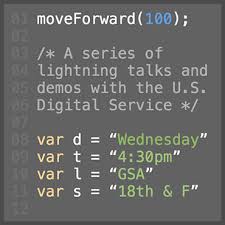

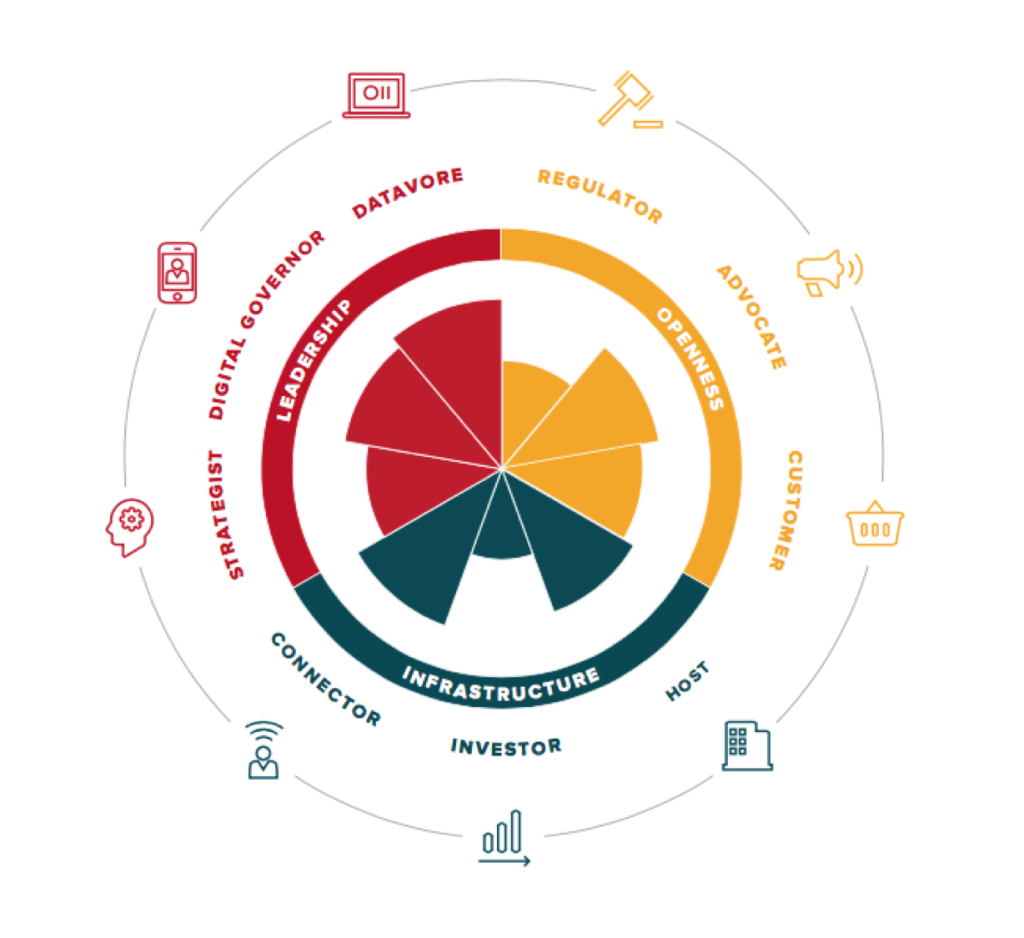
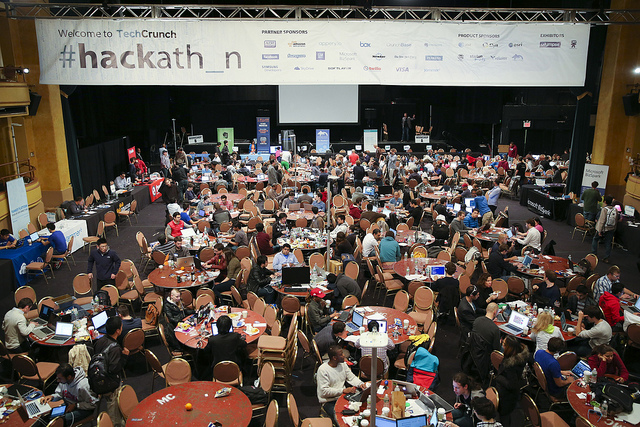



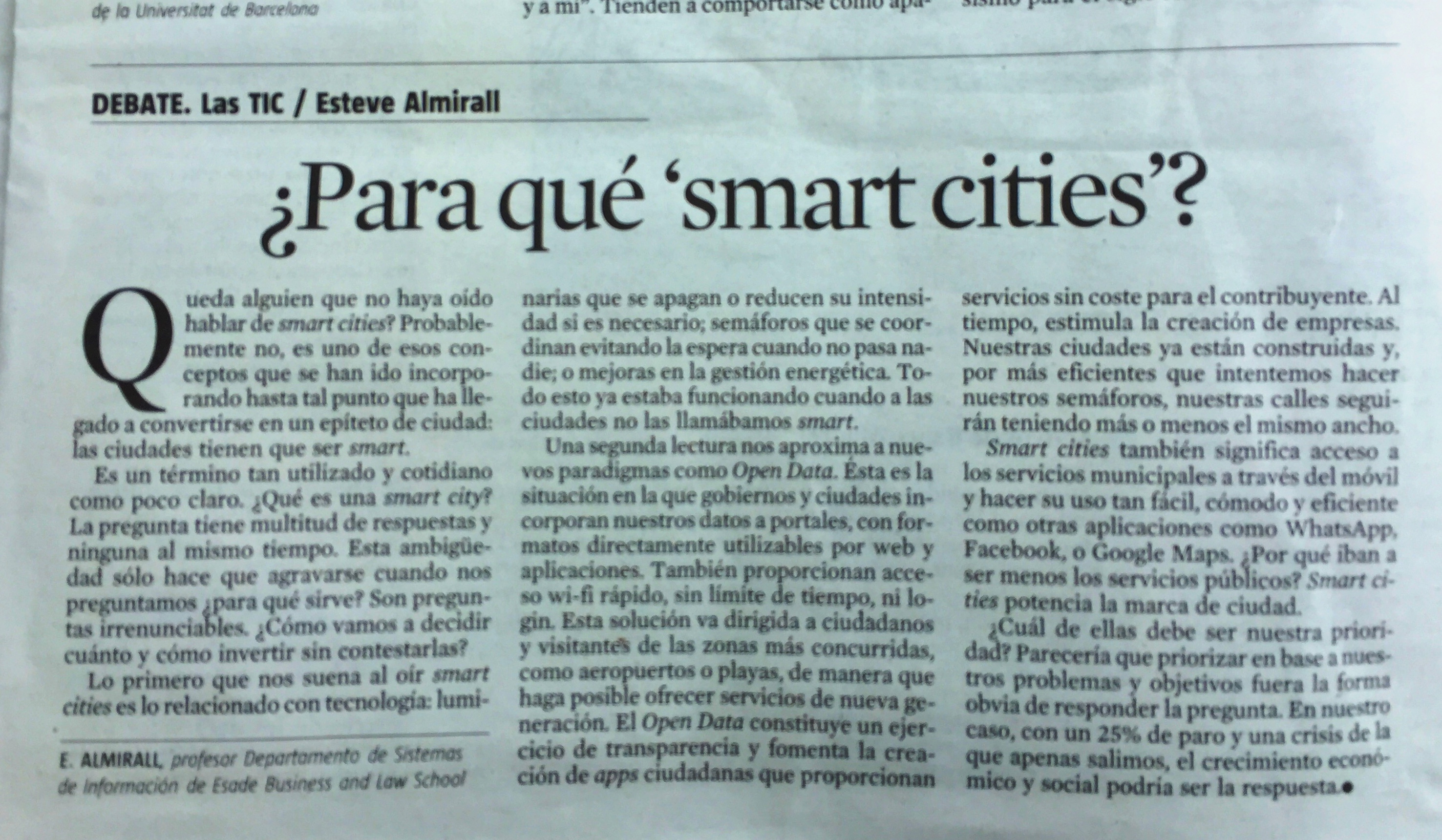
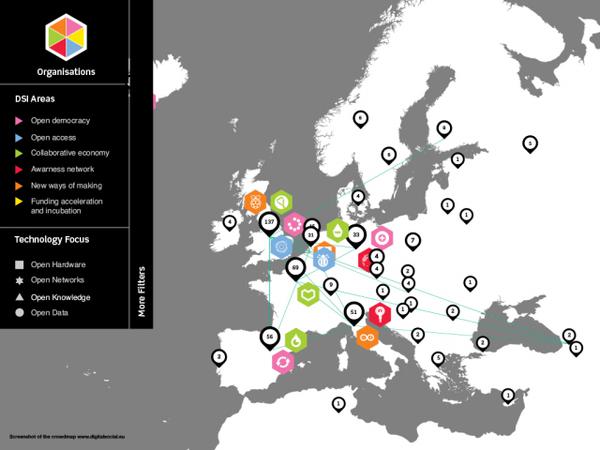 Digital technologies and the Internet have transformed many areas of business – from Google and Amazon to Airbnb and Kickstarter. Huge sums of public money have supported digital innovation in business, as well as in fields ranging from the military to espionage. But there has been much less systematic support for innovations that use digital technology to address social challenges.
Digital technologies and the Internet have transformed many areas of business – from Google and Amazon to Airbnb and Kickstarter. Huge sums of public money have supported digital innovation in business, as well as in fields ranging from the military to espionage. But there has been much less systematic support for innovations that use digital technology to address social challenges.